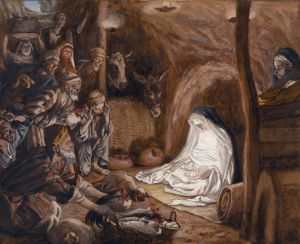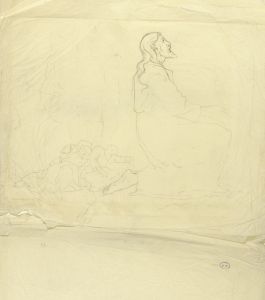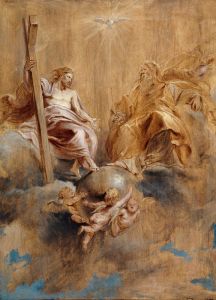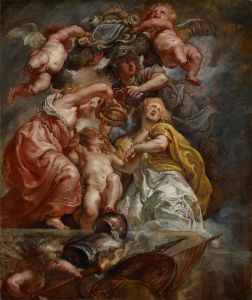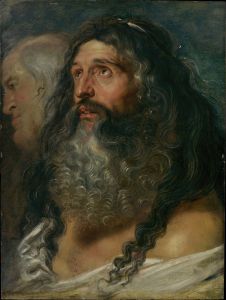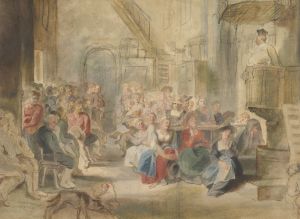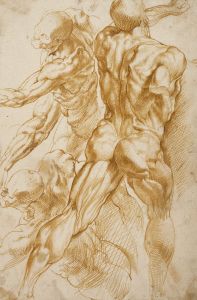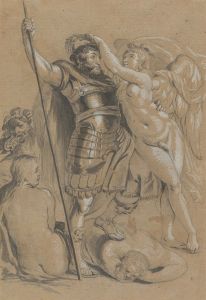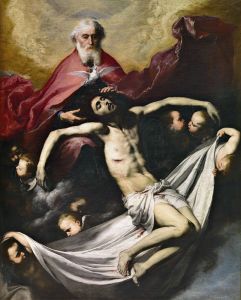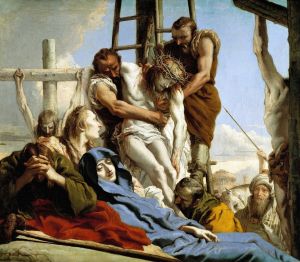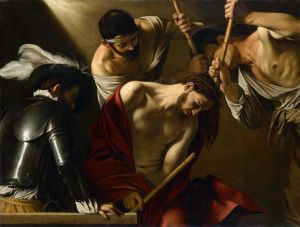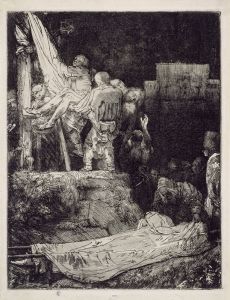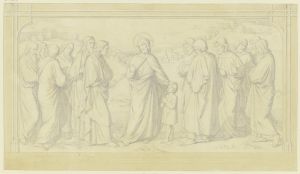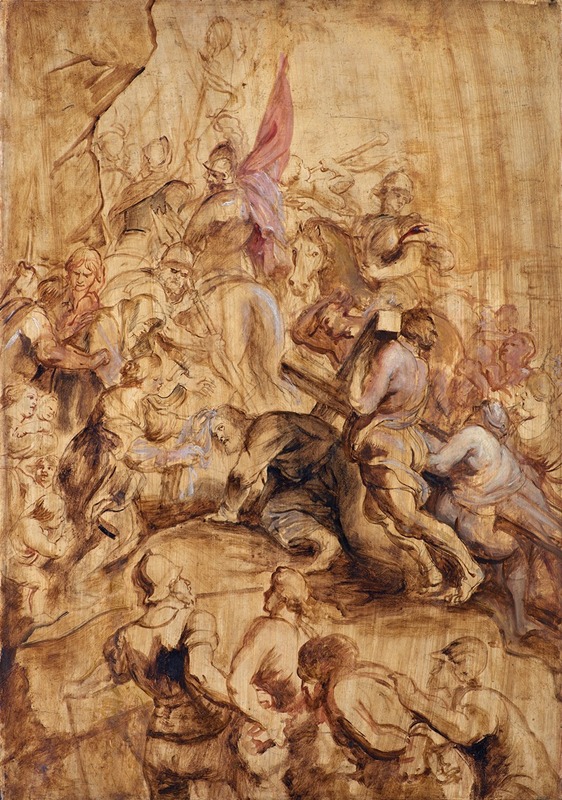
The Ascent to Calvary. The Bearing of the Cross
A hand-painted replica of Peter Paul Rubens’s masterpiece The Ascent to Calvary. The Bearing of the Cross, meticulously crafted by professional artists to capture the true essence of the original. Each piece is created with museum-quality canvas and rare mineral pigments, carefully painted by experienced artists with delicate brushstrokes and rich, layered colors to perfectly recreate the texture of the original artwork. Unlike machine-printed reproductions, this hand-painted version brings the painting to life, infused with the artist’s emotions and skill in every stroke. Whether for personal collection or home decoration, it instantly elevates the artistic atmosphere of any space.
Peter Paul Rubens, a prominent Flemish Baroque painter, created "The Ascent to Calvary" (also known as "The Bearing of the Cross") as part of his extensive body of religious works. This painting depicts the biblical scene of Christ carrying the cross to his crucifixion, a subject that was frequently explored in Christian art during the Baroque period. Rubens' interpretation of this event reflects his mastery of dramatic composition, dynamic movement, and emotional intensity, hallmarks of his artistic style.
The painting portrays Christ struggling under the weight of the cross as he ascends to Golgotha, surrounded by a crowd of figures. Rubens uses a diagonal composition to guide the viewer's eye across the canvas, emphasizing the physical and emotional burden of the scene. The figures are rendered with a high degree of realism, showcasing Rubens' skill in anatomy and his ability to convey human emotion. The expressions of the onlookers range from sorrow and compassion to cruelty and indifference, adding layers of complexity to the narrative.
Rubens was deeply influenced by the Italian Renaissance and Baroque masters, such as Michelangelo and Caravaggio, and these influences are evident in "The Ascent to Calvary." The dramatic use of light and shadow, known as chiaroscuro, enhances the three-dimensionality of the figures and heightens the emotional impact of the scene. The vibrant color palette and dynamic poses further contribute to the painting's dramatic effect.
This work is believed to have been created during Rubens' mature period, a time when he was at the height of his artistic powers and had established himself as one of the leading painters of his era. Rubens often worked on religious commissions for churches and private patrons, and his works were highly sought after for their ability to inspire devotion and convey the grandeur of biblical stories.
"The Ascent to Calvary" is housed in the Koninklijk Museum voor Schone Kunsten (Royal Museum of Fine Arts) in Antwerp, Belgium. It remains an important example of Rubens' religious art and his ability to combine technical skill with emotional depth to create powerful visual narratives.





